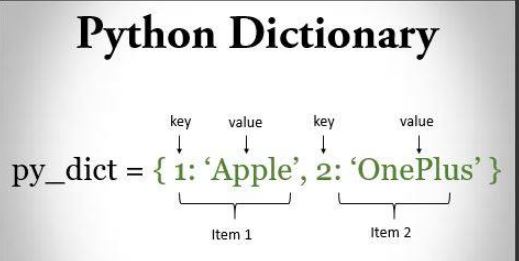Python, a versatile and powerful programming language, offers multiple ways to merge dictionaries. Merging dictionaries is a common task in Python programming, especially when dealing with data manipulation and transformation. In this article, we will explore different methods to merge two Python dictionaries effectively.
Using the update() Method
The update() method is one of the simplest ways to merge two dictionaries. This method updates the dictionary with elements from another dictionary object or from an iterable of key-value pairs.
dict1 = {'a': 1, 'b': 2}
dict2 = {'b': 3, 'c': 4}
dict1.update(dict2)
print(dict1)
# Output: {'a': 1, 'b': 3, 'c': 4}In this example, the value of key ‘b’ in dict1 is updated to 3, which is the value of key ‘b’ in dict2.
Using the ** Operator
Another way to merge dictionaries is by using the ** operator. This method is available in Python 3.5 and later versions.
dict1 = {'a': 1, 'b': 2}
dict2 = {'b': 3, 'c': 4}
merged_dict = {**dict1, **dict2}
print(merged_dict)
# Output: {'a': 1, 'b': 3, 'c': 4}The ** operator allows you to unpack the dictionaries and merge them into a new dictionary. If there are duplicate keys, the values from the latter dictionary will overwrite the values from the former dictionary.
Using the | Operator
Python 3.9 introduced the | operator for merging dictionaries. This operator provides a more intuitive way to merge dictionaries.
dict1 = {'a': 1, 'b': 2}
dict2 = {'b': 3, 'c': 4}
merged_dict = dict1 | dict2
print(merged_dict)
# Output: {'a': 1, 'b': 3, 'c': 4}The | operator merges the dictionaries and returns a new dictionary. Similar to the ** operator, if there are duplicate keys, the values from the latter dictionary will overwrite the values from the former dictionary.
Using the ChainMap Class from collections Module
The ChainMap class from the collections module can also be used to merge dictionaries. This method is particularly useful when you need to merge multiple dictionaries.
from collections import ChainMap
dict1 = {'a': 1, 'b': 2}
dict2 = {'b': 3, 'c': 4}
merged_dict = ChainMap(dict1, dict2)
print(dict(merged_dict))
# Output: {'a': 1, 'b': 2, 'c': 4}Unlike the previous methods, ChainMap does not overwrite the values of duplicate keys. Instead, it creates a single view of multiple dictionaries, where the values from the first dictionary take precedence.
Using Dictionary Comprehension
Dictionary comprehension is a concise way to merge dictionaries. This method allows you to create a new dictionary by iterating over the key-value pairs of the dictionaries.
dict1 = {'a': 1, 'b': 2}
dict2 = {'b': 3, 'c': 4}
merged_dict = {k: v for d in (dict1, dict2) for k, v in d.items()}
print(merged_dict)
# Output: {'a': 1, 'b': 3, 'c': 4}In this example, the dictionary comprehension iterates over the items of dict1 and dict2, and creates a new dictionary with the merged key-value pairs.
Conclusion
Merging dictionaries is a fundamental task in Python programming. The methods discussed in this article, including the update() method, ** operator, | operator, ChainMap class, and dictionary comprehension, provide various ways to achieve this task efficiently. Depending on your specific use case, you can choose the method that best suits your needs.
Ready to Transform Your Hotel Experience? Schedule a free demo today
Explore Textify’s AI membership
Explore latest trends with NewsGenie
